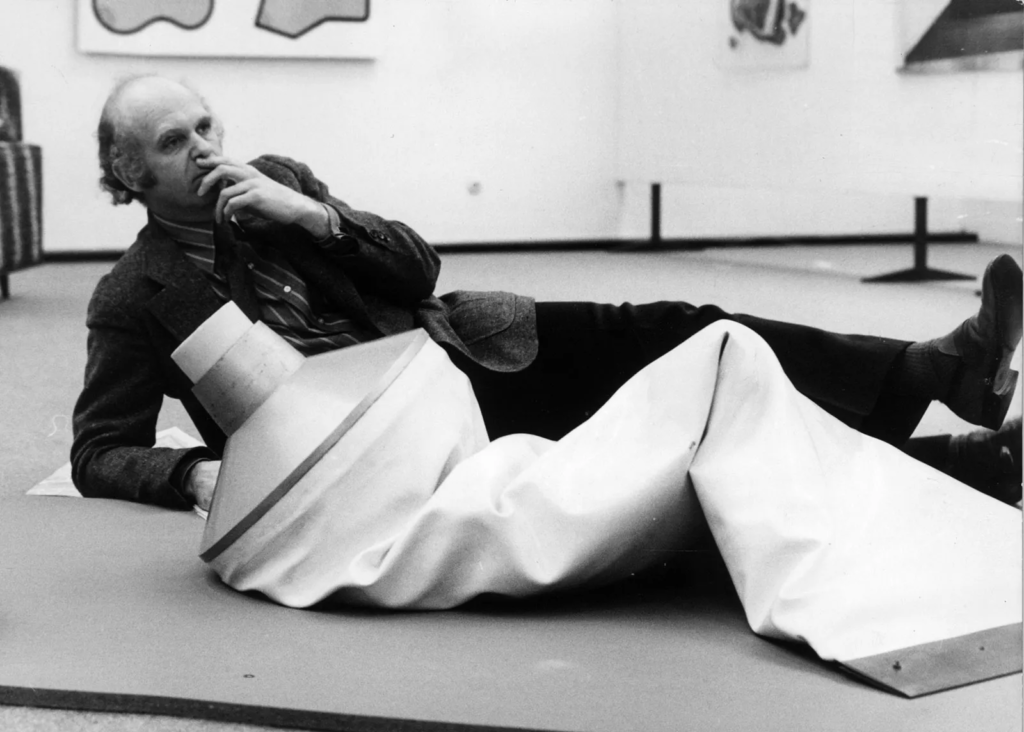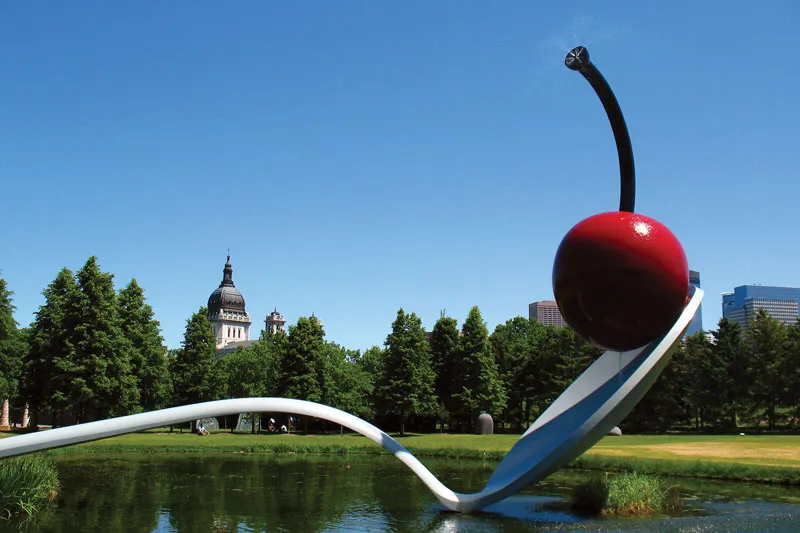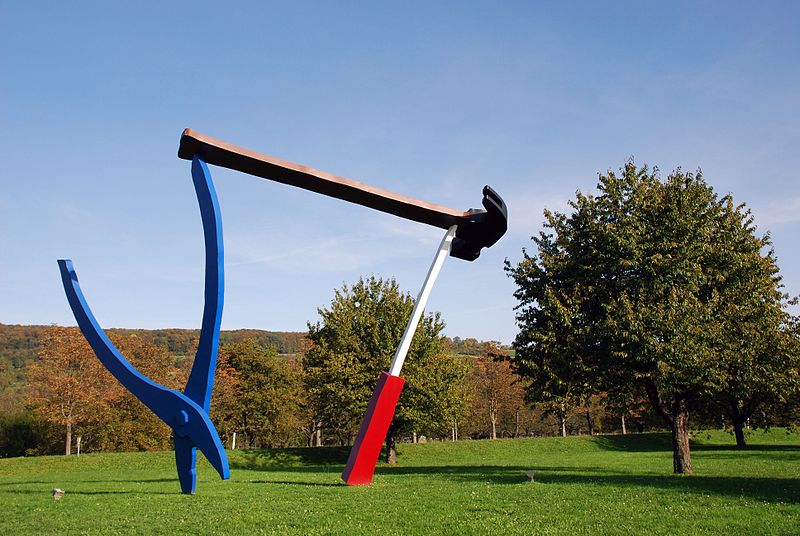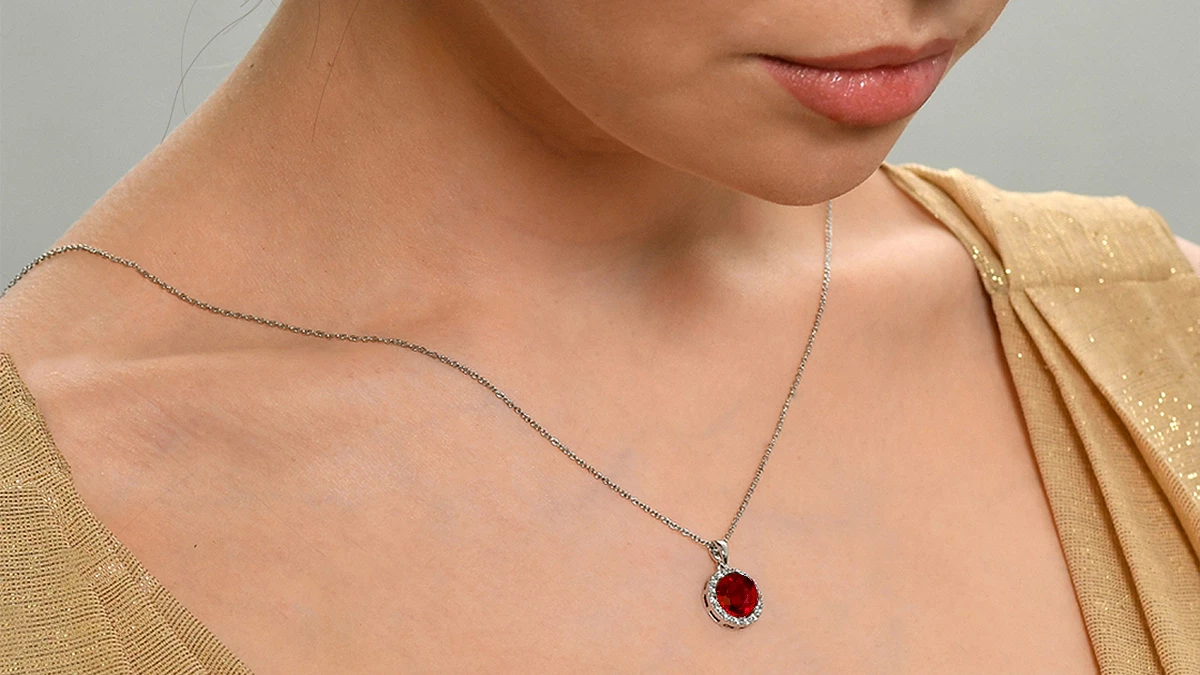
The Swedish born artist, Claes Oldenburg (1927- 2022), commenced as a painter and performance artist before he phathomed with materials and types that took him to sculpture. As a matter of fact, his early tips on monumental sculpture were 1st conceived as a collection of drawings andwatercolours that he termed Colossal Monuments.
In spite of Oldenburg´s Artwork being categorised as Pop artwork a detour described his very own personalized style: reproduction was replaced by monumental.
1. Claes Oldenburg is finest known for his massive-scale community sculptures, but you probably didn’t know he commenced as a painter and overall performance artist. In simple fact, some artwork historians and critics has named it as a “Sculptor who moves between effectiveness and graphic art”

Claes Oldenburg with Big Toothpaste Tube (1964), 1970.
Foto: Keystone/Hulton Archive/Getty Images
2. Oldenburg treats his perform as a totality in which vital themes and motifs interweave in a assortment of media. He has built a radical contribution to the record of sculpture by rethinking its components, varieties, and topic make a difference.
2.1. The two his performances and paintings are carefully similar with his do the job in sculptures as we are about to see.
3. When he moved to New York in 1956, he turned fascinated with the road existence: retailer home windows, neon lights, grafitti, and even trash. It was the sculptural opportunities of these objects that led to a change in curiosity from painting to sculpture.
4. Truly, his early suggestions on monumental sculpture ended up to start with conceived as a collection of drawings and watercolours that he known as Colossal Monuments, and lots of of them remained unbuilt.
5. All around the 60s, he produced The Retail store, a selection of painted plaster copies of food items, garments, jewellery, and other things, with which he started off checking out supplies, scale, forms, and so on.
6. At the same time, he commenced generating a series of happenings for which he created giant objects created of fabric stuffed with paper or rags. Later on on, he mixed his do the job with The Shop and his happenings, and exhibited big canvas-coated, foam-rubber sculptures of an ice-product cone, a hamburger and a slice of cake.
7. That is how he started with his really famous comfortable sculptures: by translating the medium of sculpture from challenging to soft, Oldenburg collapsed solid surfaces into limp, deflated objects that were being subject matter to gravity and chance.
8. Oldenburg was additional intrigued in banal products and solutions of consumer and each day existence, in section motivated by the statements of going on and his lifestyle in NY, which led him to be deemed as an legendary artist of the Pop-artwork movement.
9. Given that the 80s, Oldenburg begun operating on commissions for community areas or establishments. Some of his most well-liked sculptures were being designed close to this time, this sort of as Spoonbridge and Cherry, Dropped Cone, Mistos (Match Go over) and Shuttlecocks, among other people. All of these sculptures were being manufactured in collaboration with impartial critic and curator Coosje van Bruggen

Spoonbridge and Cherry, sculpture by Claes Oldenburg and Coosje van Bruggen, 1985–88 in the Minneapolis Sculpture Yard of the Walker Artwork Centre, Minneapolis, Minnesota.
Foto: © Michael Rubin/Shutterstock.com
10. His operate often disrupts the features of typical objects—challenging our perceptions and unsettling our routines.Famous for their exaggerated scale, bold colors, and daring playfulness, Oldenburg’s sculptures stand out as a provocative combine of the ubiquitous and the unruly.

Image: Inventive Commons Attribution-Share Alike 3. Unporte







